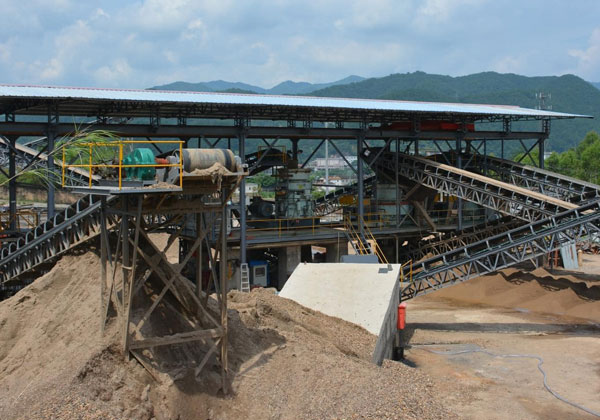An efficient aggregate crushing production line is crucial for supplying high-quality construction materials like sand, gravel, and crushed stone, which are essential in infrastructure projects such as highways, buildings, and bridges. The production process begins with raw material extraction—commonly from quarries, riverbeds, or mining sites—where rocks like granite, limestone, basalt, or river pebbles are sourced. These materials are transported to a primary crushing station for initial size reduction, setting the stage for a controlled and systematic crushing operation.

At the heart of the crushing process is the selection of the right equipment. A typical setup starts with a jaw crusher as the primary crusher due to its ability to handle large, coarse materials and reduce them to manageable sizes. From there, the material is fed into secondary crushers, such as cone crushers or impact crushers, which further reduce the size based on the desired final product. Cone crushers are preferred for hard and abrasive rocks, while impact crushers are ideal for softer materials or projects requiring better shape and gradation.
Once the materials are crushed, they pass through vibrating screens to be sorted by size. The screening process is essential to ensure the final product meets required specifications for various construction uses. Oversized materials are recirculated back into the crushing unit, enhancing efficiency and minimizing waste. A well-designed dust suppression system should be integrated throughout the process to reduce air pollution and meet environmental standards.
Automation and smart control systems greatly enhance the performance of modern aggregate plants. Automated feeders, conveyors, and crushers controlled through a centralized control panel allow operators to monitor performance, detect faults early, and make real-time adjustments. This not only improves productivity and safety but also reduces downtime and operational costs. Additionally, energy-efficient motors and systems help lower the overall carbon footprint of the operation.
In conclusion, a successful aggregate crushing production solution hinges on careful planning, equipment selection, and process control. From material sourcing and primary crushing to screening and automation, every stage must be designed for reliability, efficiency, and environmental compliance. Whether for road construction, concrete production, or large infrastructure projects, a well-executed aggregate production line provides a consistent supply of high-quality materials essential for modern development.
